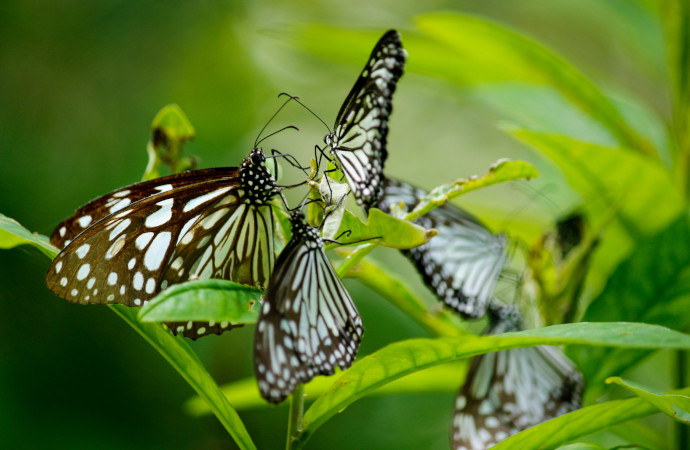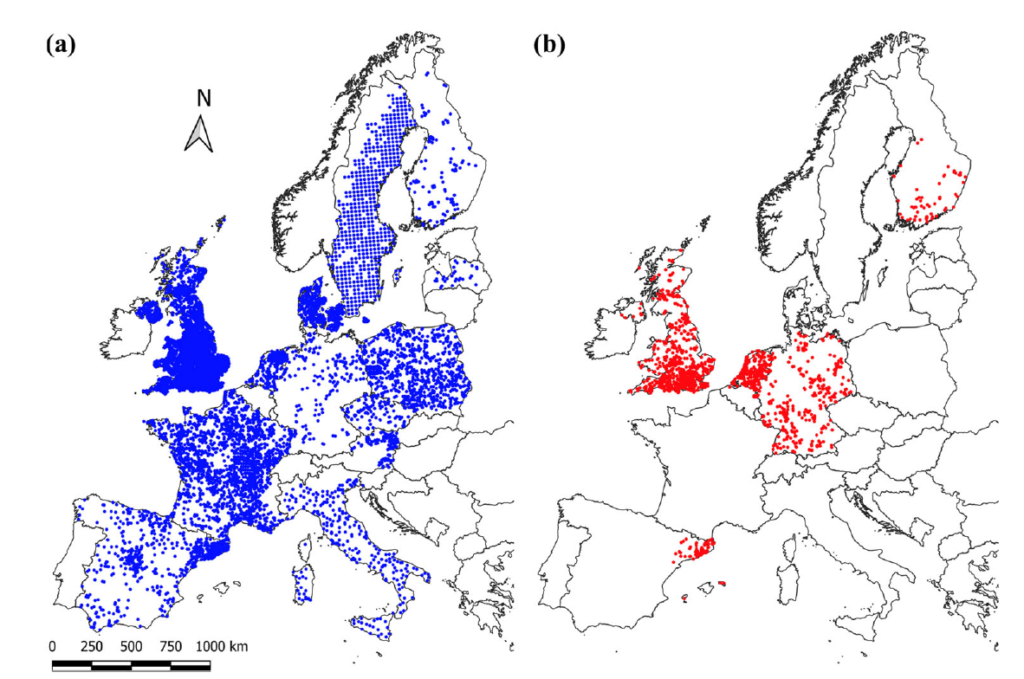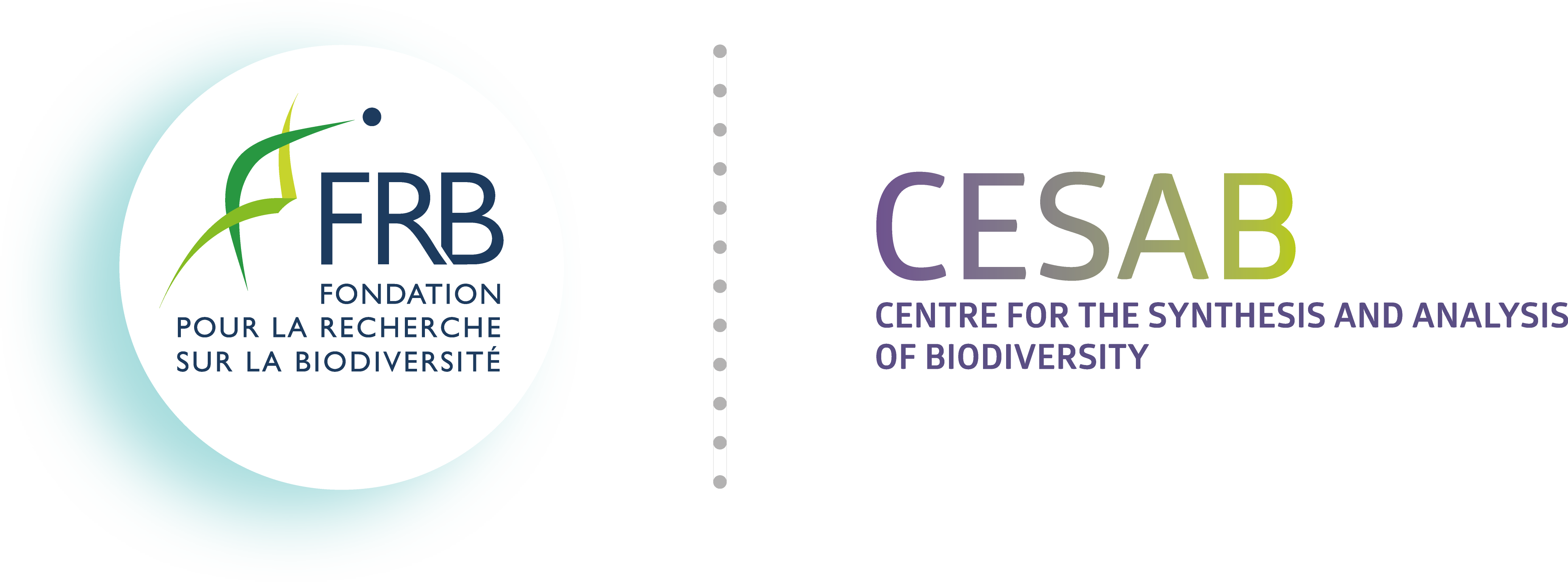LOLA BMS
How local-scale processes build up the large-scale response of butterflies to global changes: Integrative analysis across monitoring schemes

Long-term, standardized monitoring programs are key to assessing the state of biodiversity. They enable the impacts of environmental change on population abundance to be quantified and provide evidence of the status of species and ecosystems against policy targets.
Monitoring butterflies is one of the earliest examples of citizen science and most programs are based on the protocol developed for the original Butterfly Monitoring Schemes (BMS) in the UK. Today, standardized monitoring programs are taking place in more than 22 countries across Europe and many more around the world. In LOLA-BMS, by promoting productive collaborations and triggering the development of innovative approaches, a team of 15 experts including ecologists, statisticians and modellers, leveraged information contained in these unique data sets. The projects’s aim was twofold:
- to assess butterfly responses to global climate change and examine how local processes translate into large patterns, and
- to build an infrastructure to facilitate collaboration and exchange between monitoring schemes. This enables new questions to be addressed beyond the limits of established borders and improves capacity that will benefit both established and developing schemes.
LOLA-BMS has shown, among others, that Natura 2000 sites primarily take into account the requirements of birds and little those of insects. There is a real need to target efforts to limit the factors of pressure on biodiversity, and in particular agriculture because agricultural areas are home to a great biodiversity.

Centroids of monitoring sites used in Pellissier et al. (2019) to monitor birds and butterflies

PIs:
Romain JULLIARD – MNHN (France); Guy PE’ER – University of Aegean (Germany).
Postdoc:
Reto SCHMUCKI – MNHN (France)
LOLA-BMS brings together experts in ecology, butterfly biology, statistics and modelling.
LOLA-BMS was selected from the 2011 call for proposals. The project selection process was carried out by a committee of independent experts.
[05] Pellissier V, Schmucki R, Pe'er G, Aunins A, Brereton TM, Brotons L, Carnicer J, Chodkiewicz T, Chylarecki P, del Moral JC, Escandell V, Evans D, Foppen R, Harpke A, Heliölä J, Herrando S, Kuussaari M, Kühn E, Lehikoinen A, Lindström A, Moshoj CM, Musche M, Noble D, Oliver TH, Reif J, Richard D, Roy DB, Schweiger O, Settele J, Stefanescu C, Teufelbauer N, Touroult J, Trautmann S, van Strien AJ, Swaay CAM, Turnhout C, Vermouzek Z, Vorísek P, Jiguet F & Julliard R (2020) Effects of Natura 2000 on nontarget bird and butterfly species based on citizen science data. Conservation Biology, 34, 666–676. DOI: 10.1111/cobi.13434.
[04] Audusseau H, Le Vaillant M, Janz N, Nylin S, Karlsson B & Schmucki R (2017) Species range expansion constrains the ecological niches of resident butterflies. Journal of Biogeography, 44, 28–38. DOI: 10.1111/jbi.12787.
[03] Mills SC, Oliver TH, Bradbury RB, Gregory RD, Brereton TM, Kühn E, Kuussaari M, Musche M, Roy DB, Schmucki R, Stefanescu C, van Swaay CAM & Evans KL (2017) European butterfly populations vary in sensitivity to weather across their geographical ranges. Global Ecology and Biogeography, 26, 1374–1385. DOI: 10.1111/geb.12659.
[02] Olivier T, Schmucki R, Fontaine B, Villemey A & Archaux F (2016) Butterfly assemblages in residential gardens are driven by species' habitat preference and mobility. Landscape Ecology, 31, 865–876. DOI: 10.1007/s10980-015-0299-9.
[01] Schmucki R, Pe'er G, Roy DB, Stefanescu C, van Swaay CAM, Oliver TH, Kuussaari M, van Strien AJ, Ries L, Settele J, Musche M, Carnicer J, Schweiger O, Brereton TM, Harpke A, Heliölä J, Kühn E & Julliard R (2016) A regionally informed abundance index for supporting integrative analyses across butterfly monitoring schemes. Journal of Applied Ecology, 53, 501–510. DOI: 10.1111/1365-2664.12561.
Pellissier V, et al. (2020) Effects of Natura 2000 on nontarget bird and butterfly species based on citizen science data. Conservation Biology, 34, 666–676. doi: 10.1111/cobi.13434.
- Press release: Les sites Natura 2000 ont-ils aussi un impact sur les espèces d’oiseaux et de papillons non ciblées ?
- French media: Actu-environnement
